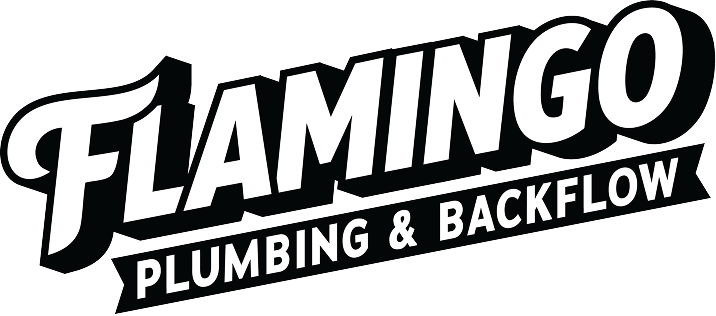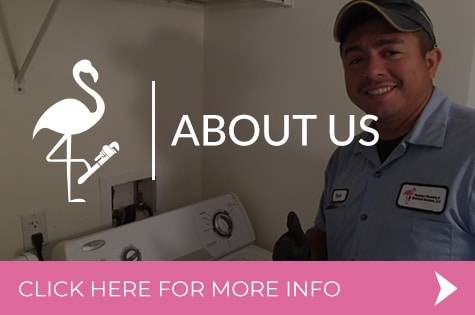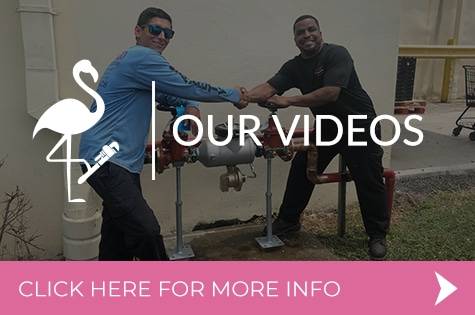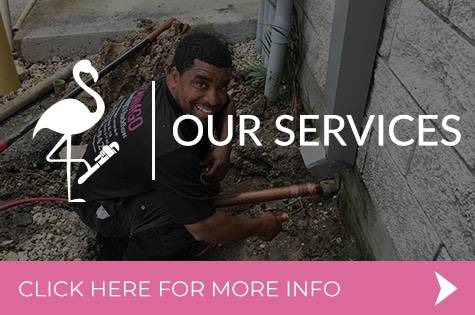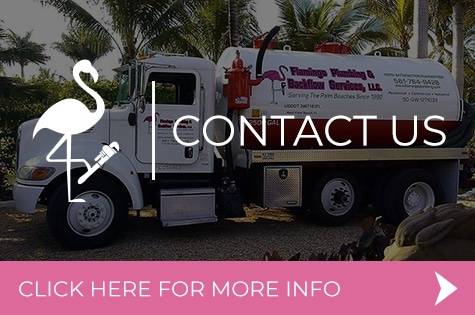Clogged toilets and showers can quickly become a frustrating plumbing headache, often signaling deeper issues within your plumbing system. Understanding whether these fixtures share the same drain and why they might clog together is crucial. In some homes, toilets and showers are connected to the same drainage system, increasing the potential for simultaneous clogs. This setup means that when one fixture experiences a clog, it can quickly impact the other. The degree of connection between these fixtures varies: they are always linked in some houses, often in older setups, while newer plumbing designs might separate them more effectively.
1. Understanding the Connection Between Toilets and Showers
Recognizing how toilets and showers are connected can help in addressing potential clogs. In older buildings, these fixtures often share drainage lines, which can lead to issues when one becomes blocked.
Are toilets and showers always connected?
In many homes, especially older ones, toilets and showers share a drainage system. A blockage in the main line can cause water to back up into both fixtures. Knowing how your home’s plumbing is configured can help you identify the cause of clogs and address them effectively.
Key Points About the Connection:
- Always Connected in Older Homes: Common in homes with older plumbing designs.
- Often Connected in Multi-Story Buildings: Shared vertical stacks can lead to clogs affecting multiple levels.
- Sometimes Connected in Modern Homes: Newer designs might separate drains to reduce clog risks.
- Rarely Connected in Custom Designs: High-end or custom-built homes may have separate lines for each fixture.
- Dependent on Local Building Codes: Plumbing layouts can vary based on regional regulations and standards.
2. Common Causes of Simultaneous Clogs
Understanding what typically causes simultaneous clogs in toilets and showers can help you take preventative measures. These clogs are not only inconvenient but can also indicate more severe problems within your plumbing system.
What causes a toilet and shower to clog at the same time?
Simultaneous clogs are often due to shared plumbing lines. Flushing non-flushable items like wipes or paper towels can create a stubborn clog that affects both toilets and showers. Hair and soap scum build-up in shower drains can further complicate the situation, especially when combined with toilet waste in the main line. Tree roots growing into the pipes, old or damaged plumbing, and incorrect pipe installation can also lead to persistent problems.
Common Causes Include:
- Flushing Non-Flushables: Items like wipes, paper towels, and feminine hygiene products.
- Hair and Soap Scum: Buildups in shower drains can worsen clogs in shared lines.
- Tree Roots: Roots infiltrating sewer lines can block water flow.
- Old or Damaged Pipes: Wear and tear over time, leading to breaks or collapses.
- Improper Pipe Installation: Misaligned pipes can create points of blockage.
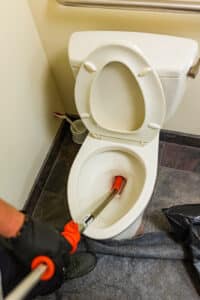 3. Addressing Clogs and Backups
3. Addressing Clogs and Backups
How do you clear a toilet and shower clog?
Addressing simultaneous clogs requires a strategic approach to effectively tackle the underlying issues. Begin by identifying the source of the blockage. Check whether the toilet, shower, or both fixtures are experiencing slow drainage or water backup. Using a plunger can often help dislodge minor blockages in either fixture, but if both are affected, the problem might lie deeper in the main drain line.
Steps to Address Clogs:
- Plunge Both Fixtures: Use a plunger to try and clear minor blockages in the toilet and shower.
- Inspect Drain Covers: Check for hair or debris caught in the shower drain cover and remove it.
- Use a Plumbing Snake: Attempt to clear the main drain line if plunging doesn’t work.
- Check the Cleanout: If accessible, open the sewer cleanout cap and inspect for visible blockages.
- Call a Professional: Contact a plumber if the clog persists, as it may indicate a deeper issue.
Also Read: 8 Signs Your Shower Drain Is Clogged
4. Preventing Future Plumbing Problems
What are some tips to prevent toilet and shower clogs?
Preventing clogs in toilets and showers involves regular maintenance and smart usage practices. One of the most effective prevention strategies is to be mindful of what goes down your drains. Avoid flushing non-flushable items such as wipes, paper towels, and sanitary products. Similarly, using drain strainers in your shower can help catch hair and soap scum before they enter the plumbing system.
Tips for Preventing Clogs:
- Mindful Flushing: Only flush toilet paper and human waste; avoid non-flushable items.
- Use Drain Strainers: Prevent hair and debris from entering shower drains with strainers.
- Schedule Regular Inspections: Have a professional plumber inspect your plumbing annually.
- Educate Household Members: Ensure everyone in the home knows what shouldn’t go down the drains.
- Monitor Water Pressure: High water pressure can strain pipes and contribute to clogs over time.
5. When to Call Flamingo Plumbing
Persistent clogs in your toilet and shower can be more than just a minor inconvenience—they often indicate deeper issues within your plumbing system. Knowing when to call Flamingo Plumbing can save you time, money, and stress in the long run. If you’ve tried basic DIY methods without success, or if you notice recurring backups, slow drains, or unpleasant odors, it’s time to bring in our professional team.
Indicators That It’s Time to Call Flamingo Plumbing:
- Persistent Clogs: When plunging and home remedies don’t clear the blockage.
- Recurring Backups: Frequent issues might point to a problem in the main sewer line.
- Slow Drains Across Fixtures: Suggests a larger blockage affecting multiple drains.
- Foul Odors from Drains: May indicate trapped debris or sewer line issues.
- Visible Water Leaks: Any sign of leaks should be addressed immediately to prevent damage.
Flamingo Plumbing offers expert services that ensure peace of mind and a smoothly functioning plumbing system. With flexible scheduling and prompt service, we minimize disruptions to your daily life. Don’t let plumbing issues escalate—contact us for reliable, professional assistance that keeps your home running efficiently.
